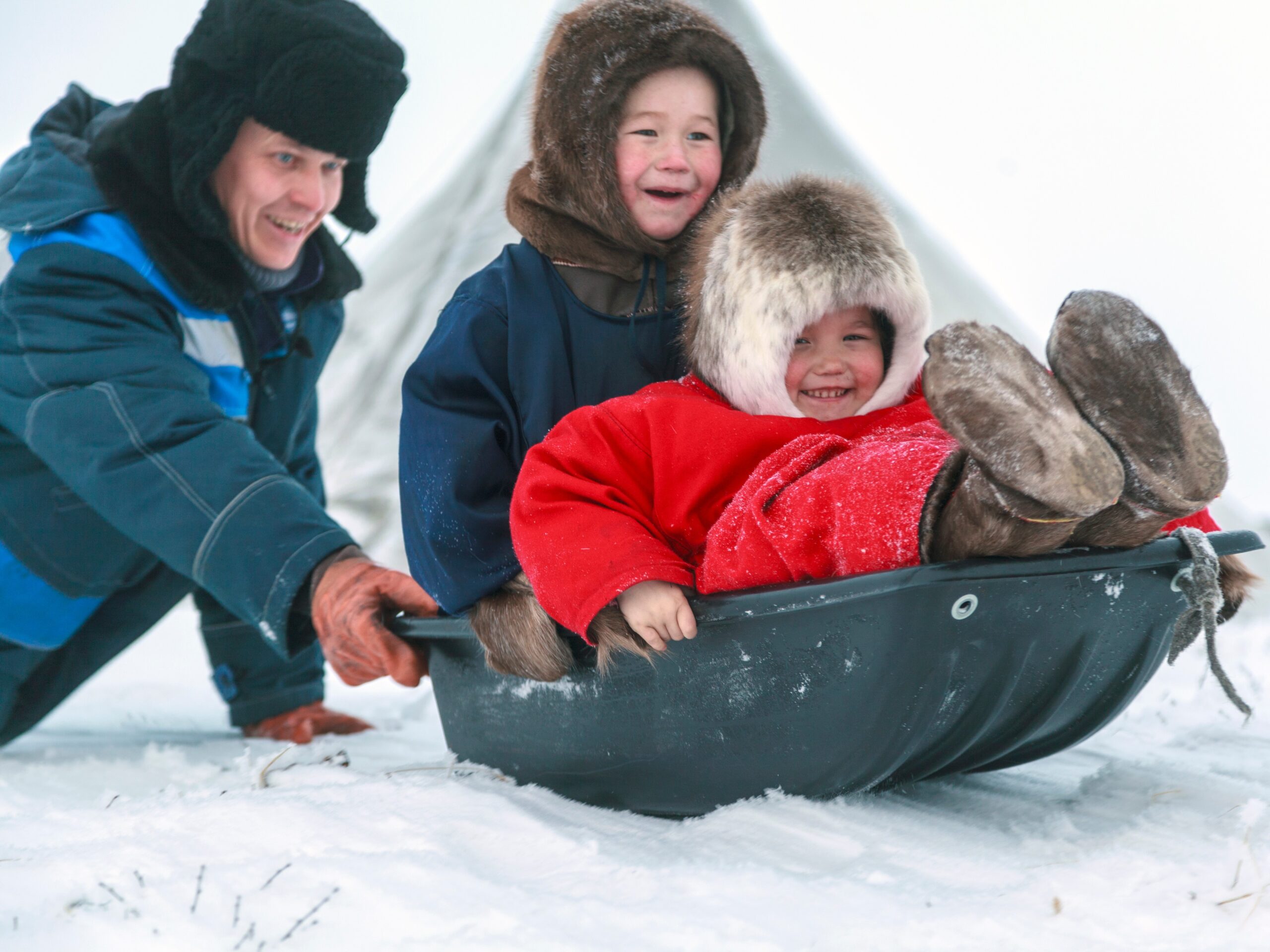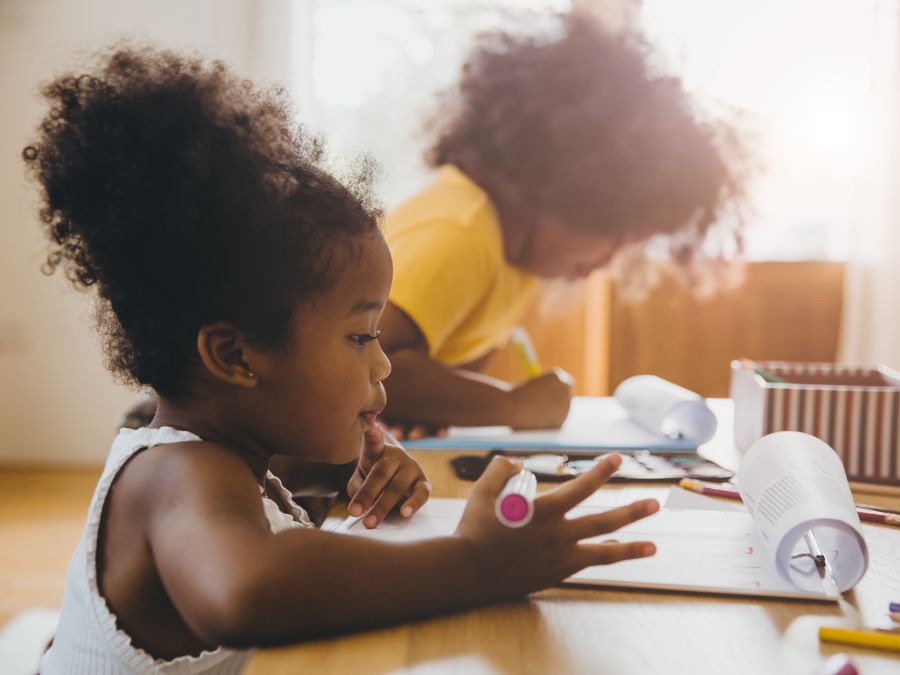
This week marks the end of April, child abuse prevention month. During the pandemic, we have learned a lot about how to prevent child abuse. Data from the pandemic show a story of hope for children and families. Let’s put this new knowledge into action.
At the beginning of the pandemic, I and many others in the field worried that child abuse would skyrocket. Children were at home with their parents, with no one at school to keep a watchful eye on them. Parents faced isolation, unemployment, stress, and the immediate collapse of their usual supports.
But – we were wrong. Child abuse plummeted during the pandemic. Reports to child welfare agencies fell by 50-70% – a far steeper fall than could be explained by school closures. Each year, only about 20% of reports come from educators. Although the data is not yet in, we hope that the decline in reports to child welfare also represent a reduction in racially-biased reports against families of color. But the data shows that emergency department visits for child abuse fell 40%, and hospital stays fell by one-third.
In time, it was clear that not only did child abuse not increase; it decreased. We, at HOPE, were not surprised. Our work with 20,000 service providers showed that they had adapted and provided amazing support to families. Home visitors changed to virtual visits, increased the number of contacts with families, and helped them get food and other basic needs. We heard of school bus drivers taking food to rural families without access to meals at school. Teachers managed to make remote learning work for many children. Countless communities – geographic and spiritual, were focusing on supporting each other.
We provided support for families as a country as well. The stimulus checks and the child tax credit pulled millions of children out of poverty. Better unemployment, WIC, and SNAP benefits protected families when parents were out of work. The eviction moratorium eased housing insecurity. Numerous studies have shown that family economic stress increases the likelihood of child abuse. These financial supports for families show that reducing economic stress can be effective against child abuse.
Unfortunately, most child abuse happens at home, and most frequently by parents. Together with the American Academy of Pediatrics and Prevent Child Abuse America, we conducted a survey of 9,000 US parents about home life during the pandemic. Parents were taking advantage of their extra time together to have fun as a family. Many found that helping with school – while stressful- also brought them closer to their children. Parents reached out for support, and five of six families did not spank their children. Families love their children and took action to protect them from social disruption when given the chance. As families adapted to the pandemic, they grew closer, and abuse rates fell.
I think of childhood experience through the HOPE framework. HOPE gives us a picture of what happened then, and what is happening now. Relationships, the first building block, were made stronger within the family and weaker with those outside. This might have protected the family at the start of the pandemic. Yet, children and youth went without peer and mentoring connections. The environment was also mixed. Society rallied around families and provided economic stability while access to supportive communities such as church services and soccer games, was mostly gone. Engagement and emotional growth were far more difficult for children to access.
This leaves us with several lessons for child abuse prevention month. (1) Families love and protect their children, and they adapted quickly to the new reality. Policies and informal supports freed families to focus on caring for their children, preventing child abuse. (2) People who work with children are dedicated, creative, and committed. Home visitors, teachers, therapists, and doctors changed their work patterns incredibly quickly to support families. (3) We continue to face severe challenges as we return to normal. Two years of isolation have brought long-lasting changes at work and at school and left a mental health crisis in its wake.
Child abuse is preventable. At HOPE, we advocate for policies that continue this support for families and children. These policies reduce family poverty, and provide for meaningful engagement and emotional recovery. As always, please send in your comments and stories to share with our growing HOPE community.


